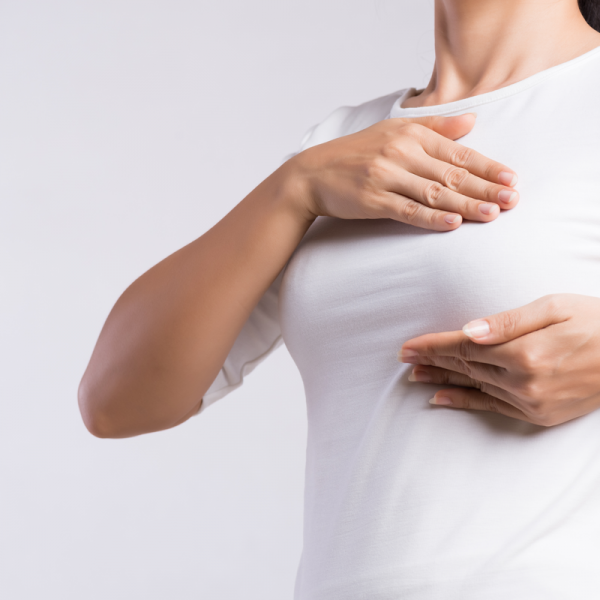
What are breast cysts?
Breast cysts form as cavities filled with fluid in the glandular lobules of the breast. Breast cysts are usually benign and form as part of a common benign breast disease (mastopathy) that affects almost one in two women. Some women have a single breast cyst, while others complain of many cysts in the breast. Most women between the ages of 30 and 50 develop breast cysts, although they vary in size and may cause little or no discomfort.
What are the different types of breast cysts?
Doctors divide breast cysts into uncomplicated and complicated and complex forms. The respective forms are used to differentiate the structure inside the breast cyst. While no structures can be found in uncomplicated cysts, structures have formed inside the cyst in complicated and complex forms.
What causes breast cysts?
The development of breast cysts can have different motives. While the majority are caused by a mastopathy, hormonal influences caused by the woman's menstrual cycle can also affect the size of breast cysts. If a cystic mastopathy is present, the growth of the glandular cells is particularly stimulated and thus more fluid is produced. In this way, many small cysts develop in the glandular lobules. In the case of fibrocystic mastopathy, breast cysts can also occur, but at the same time the connective tissue also increases.
In addition to the causes already mentioned, breast cysts can also be caused by the following factors:
- The ducts of the glandular lobules are blocked, which leads to an accumulation of fluid and cyst formation.
- If the breast tissue is damaged, for example by chronic inflammation of the breast, the milk ducts and smaller vessels that normally carry away the tissue fluid may also have been affected. In this case, breast cysts are permanently present.
- If the fatty tissue is injured, for example as a result of an operation or an accident, oil cysts can form from the fat cells. These contain tissue secretions as well as larger amounts of fat and are always benign.
- In some cases, the formation of breast cysts can also be congenital.
What symptoms do breast cysts cause?
In most cases, breast cysts do not cause any symptoms. It is only when the cyst reaches a certain size that you can feel it from the outside. It feels round and firm and is mobile. If it is a large breast cyst, it can press on the surrounding tissue and cause breast pain. However, this can again depend on the menstrual cycle.
How are breast cysts diagnosed?
After taking a medical history, the gynaecologist will palpate both breasts to detect any changes or lumps. If the lumps are mobile, further imaging procedures such as an ultrasound scan or mammography will follow. Both procedures are able to determine the exact size and location of an existing breast cyst.
How are breast cysts treated?
Simple breast cysts do not usually need treatment. However, regular check-ups of the cyst by your doctor are recommended. A large breast cyst that is causing discomfort can be treated by puncture. This involves using a thin needle to aspirate the fluid from the cyst in order to relieve the adjacent tissue. Surgical removal of the cyst can also be considered in particularly severe cases.
| Pathogen | Source | Members - Area |
|---|---|---|
| Breast myoma cysts | CAFL | As an NLS member you have direct access to these frequency lists |
| Breast Cysts | EDTFL | As an NLS member you have direct access to these frequency lists |
| Breast cyst | KHZ | As an NLS member you have direct access to these frequency lists |
| Breast myoma cyst | XTRA | As NLS member you have direct access to these frequency lists |
| Mammary fibrosis cyst 2 | XTRA | As NLS member you have direct access to these frequency lists |
| Mammary gland fibrosis cyst 1 | XTRA | As an NLS member you have direct access to these frequency lists |
